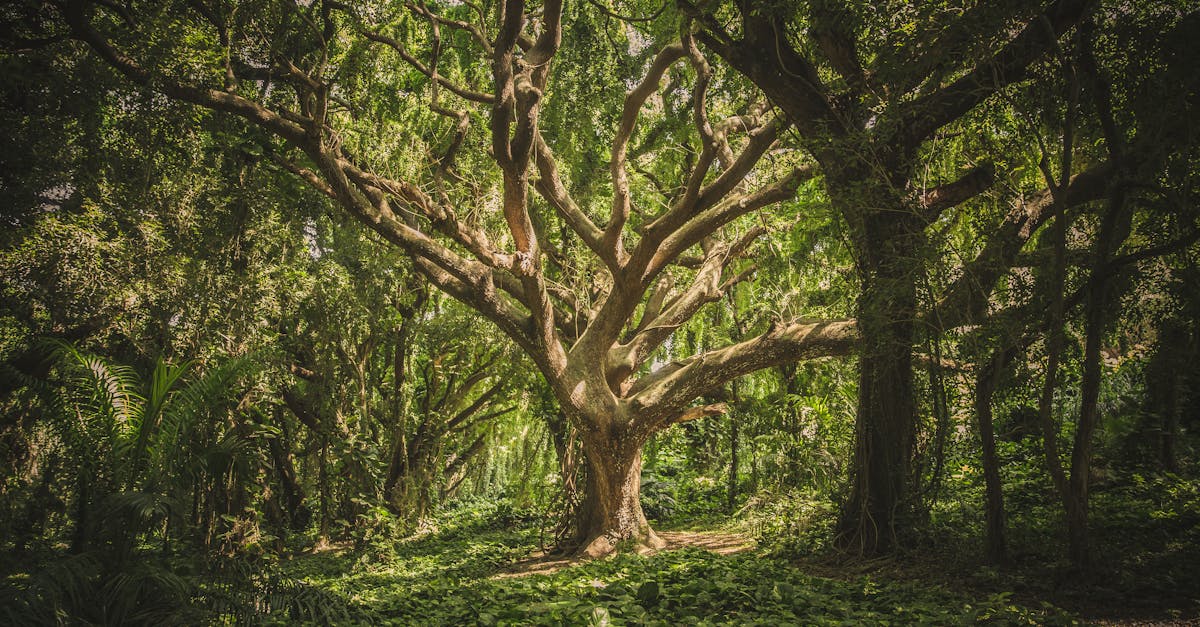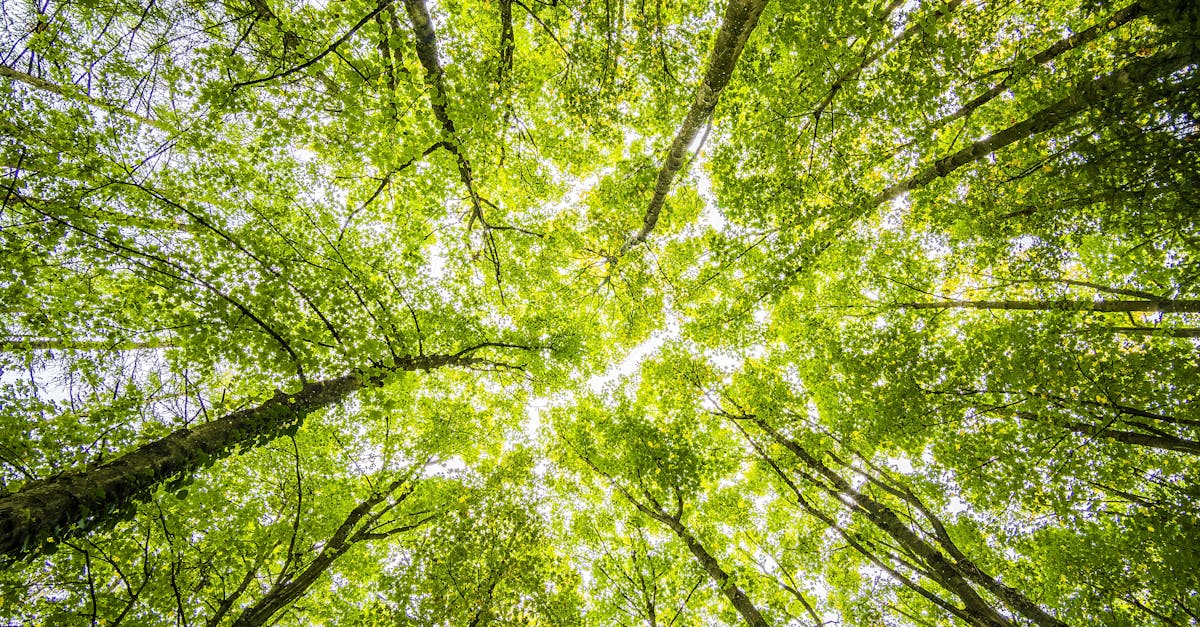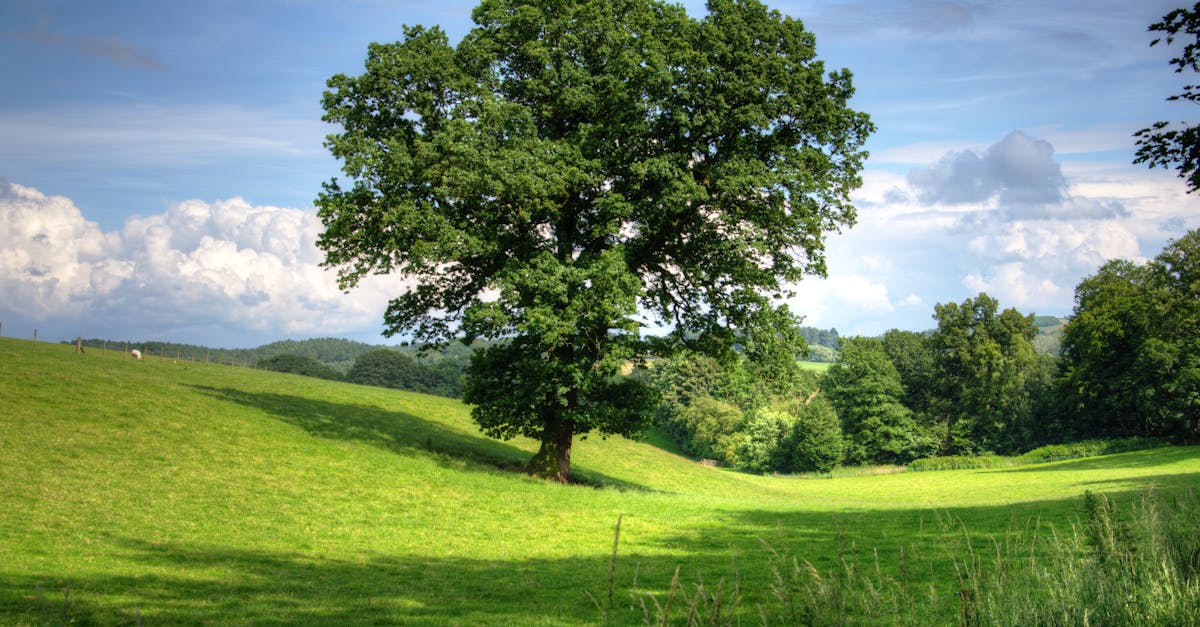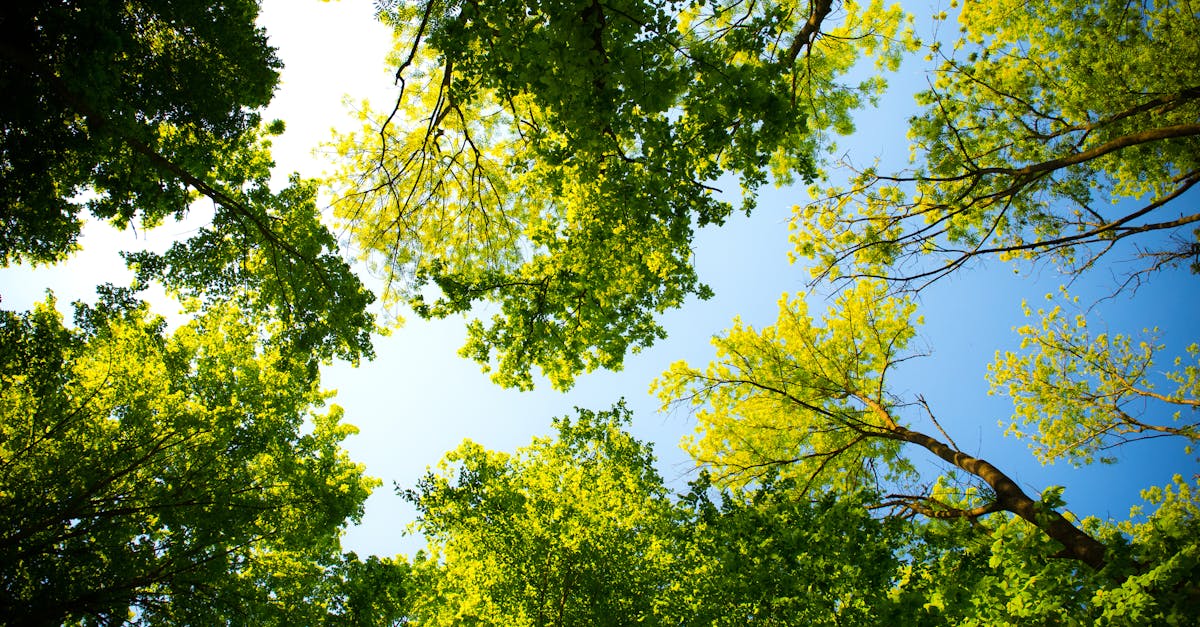
Replanting and Land Restoration
Replanting and Land Restoration
Following the process of Tree Removal, whether due to disease, development, or landscaping reasons, it is crucial to prioritize the restoration of the cleared area with new tree plantings. Replanting trees not only helps to replenish the greenery but also contributes to the overall well-being of the ecosystem. By introducing new tree species, we can enhance biodiversity, improve air quality, and provide habitats for wildlife.
Selecting suitable tree species for replanting is a critical step in the restoration process. It is essential to consider factors such as soil conditions, climate suitability, and the overall landscape aesthetics when choosing the types of trees to plant. By carefully selecting native species that thrive in the given environment, we can ensure the long-term success of the replanting efforts and create a sustainable ecosystem that benefits both nature and the community.
Selecting Suitable Tree Species for Replanting
Selecting suitable tree species for replanting is a crucial step following tree removal. The choice of tree species should be deliberate and based on various factors such as the soil type, climate conditions, and the landscape's specific requirements. Opting for native species is generally recommended as they are well-adapted to the local environment and contribute positively to the ecosystem.
Consideration should also be given to the purpose of tree planting post-removal. Whether it is to restore the landscape, provide shade, improve air quality, or attract wildlife, selecting tree species that align with these objectives is essential. Additionally, consulting with local arborists or forestry experts can offer valuable insights into identifying the most suitable tree species for replanting.
PostRemoval Care and Maintenance
After completing the tree removal process, it is crucial to focus on post-removal care and maintenance to ensure the area can thrive in the future. Adequate attention should be given to the soil conditions to foster new growth. Replenishing nutrients and ensuring proper drainage will set the foundation for healthy replanted trees. Regular monitoring of the soil and tree growth is essential to address any issues that may arise and to track the progress of the new vegetation. Additionally, integrating maintenance techniques, such as mulching and occasional pruning, will contribute to the long-term health of the area.
Evaluate the overall impact of the Tree Removal and subsequent replanting efforts by assessing both aesthetic and environmental effects. Consider how the removal has changed the landscape visually and whether the replanting efforts have enhanced the area. Pay attention to the environmental benefits that the new vegetation may bring, such as improved air quality and habitat for wildlife. Engaging in a thorough evaluation will not only help in understanding the effectiveness of the process but also aid in making informed decisions for future land management practices.
Monitoring Soil Conditions and Tree Growth
Monitoring soil conditions and tree growth after a tree removal project is crucial to ensure the successful establishment of new trees in the area. Regularly checking the soil pH, moisture levels, and nutrient composition can provide valuable insights into the health of the ecosystem and the growth potential of the replanted trees. By keeping a close eye on these factors, arborists and land managers can make informed decisions regarding any necessary amendments or adjustments to promote optimal tree growth.
In addition to monitoring soil conditions, tracking the growth and development of the newly planted trees is essential. Observing factors such as leaf color, shoot growth, and overall vitality can indicate whether the trees are adapting well to their new environment. By regularly assessing tree health and growth patterns, professionals can intervene promptly if any issues arise, ultimately fostering a thriving and sustainable ecosystem post-Tree Removal.
Evaluating the Overall Impact
Evaluating the overall impact of tree removal is a crucial step in understanding the full extent of the process. Beyond the immediate visual change in the landscape, assessing the effects of tree removal involves considering both the tangible and intangible consequences. The impact can vary depending on factors such as the number and type of trees removed, as well as the specific ecosystem in which the trees were situated.
Tree removal can have far-reaching effects on not just the immediate surroundings, but also on the broader environment and ecosystem. Evaluating the overall impact involves examining aspects such as changes in air quality, soil stability, wildlife habitats, and overall biodiversity. Understanding the ripple effects of tree removal is essential in making informed decisions about future replanting efforts and land restoration projects.
Assessing the Aesthetic and Environmental Effects
Assessing the aesthetic and environmental effects after tree removal is a critical step in discerning the impact on the surrounding area. The absence of trees can significantly alter the visual appeal of a landscape, especially in suburban or rural settings. In urban areas, the removal of trees might affect the overall ambiance and shade provided to pedestrians and residents. The void left by the trees must be evaluated in terms of how it complements or detracts from the existing surroundings, considering factors such as sunlight exposure, privacy, and overall greenery in the vicinity.
In addition to the aesthetic aspects, assessing the environmental effects of tree removal is vital for understanding the ecological repercussions of such actions. Trees play a pivotal role in carbon sequestration, air purification, and habitat provision for various wildlife species. The impact of tree removal on local flora and fauna, as well as the broader ecosystem, must be closely examined to gauge the sustainability of the decision. Furthermore, evaluating the potential risks of soil erosion, water runoff, and climate regulation post-tree removal is essential for preserving the environmental equilibrium in the affected area.
FAQS
Can I remove a large number of trees from my property?
Yes, you can remove a lot of trees from your property, but it's important to follow proper procedures and consider replanting and land restoration.
Is it necessary to replant trees after removing a large number of them?
Replanting trees after removing a large number of them is essential for maintaining the ecosystem's balance and ensuring environmental sustainability.
How should I select suitable tree species for replanting after tree removal?
When selecting tree species for replanting after removing trees, consider factors like soil type, climate conditions, and the specific needs of the local ecosystem.
What care and maintenance steps should I take after removing a lot of trees?
After removing a large number of trees, it's important to monitor soil conditions, provide necessary nutrients, and ensure proper tree growth for the newly planted trees.
How can I evaluate the overall impact of removing a significant number of trees from my property?
To assess the overall impact of tree removal, consider factors like the aesthetic changes, environmental effects, and long-term sustainability of the ecosystem.




